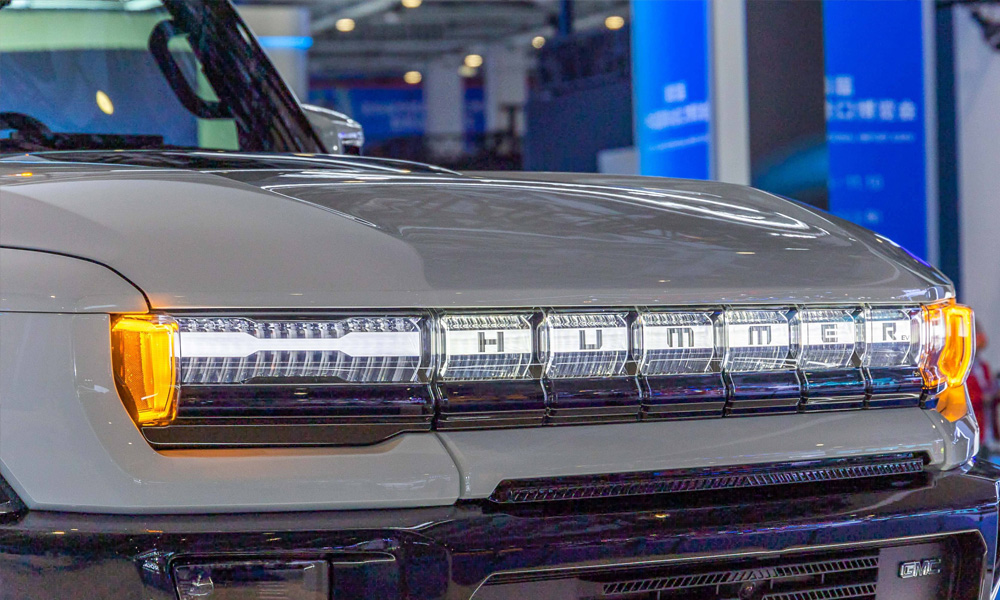LEDs are taking over the majority of the lighting roles in the state-of-the-art auto offering both better lighting performance and consuming less power, thereby also extending fuel economy. Still successfully deploying LEDs in headlamps, signal lighting, and cabin applications requires developers to handle multiple design elements in the optical, electrical, thermal, and electronics domains. This LEDs Magazine webcast individually address the different domains and provide the attendees with comprehensive system-level information that will help them succeed in automotive projects.
Register for this Webcast now!
Presentation 1: LED component technology for automotive applications
Maury Wright, LEDs Magazine
As is increasingly the case with most specific SSL applications, developers need to choose LEDs for use in autos that are designed for and matched to the task at hand. LEDs for automotive applications feature unique characteristics in packaging, optics, multi-emitter configurations, and electrical topology that can result in optimal automotive-centric designs. This presentation will examine trends in LEDs for automotive applications and help the attendees understand the specification process.
Presentation 2: Getting the thermal design right from LED to full blown headlight
Boris Marovic, Mentor Graphics
The thermal design starts with understanding the properties and behavior of the luminaire itself. Understanding the thermal properties and the influence of the junction temperature on the radiometric characteristic of an LED enables designers to pick the right LED for the right application and to ensure reliability over its lifetime. The next step is to understand the thermal design and fluid flow in the geometry and environment of the automotive light; radiation, convection, and conduction interact in so many ways and under so many environmental conditions and have to be all considered. To ensure the lens of a xenon system is not burning a hole in the components when subjected to the brute strength of the Arizona sun, as well as keeping the LEDs far below their maximum junction temperature, will ensure a long lifetime of the product. Thermal characterization as well as thermal simulation therefore play an important role in the development of automotive lighting products.
Presentation 3: Driver electronics design for automotive SSL
Peter Di Maso, Allegro MicroSystems, LLC
Automotive LED applications can require different approaches to driver design relative to applications such as general lighting and backlighting. The design requires extreme reliability and the ability to operate in a rugged environment. Still, LEDs may need to be dimmed and multiple LED strings/arrays must exhibit consistent brightness and color. This presentation will look at viable approaches to driver design and specification and explain the ramifications of different options.
Presentation 4: LED thermal management systems take unique form in automotive design - high thermal and high reliability materials
Ravi M. Bhatkal, Ph.D., Alpha Alent plc
All LED-based lighting designs require an effective thermal-management element, although automotive applications invariably require a unique form to fit the constrained space of automotive lighting elements which must function over long lifetimes in a challenging environment. Effective designs may take unique forms and require specialized materials. This presentation will examine options for thermal management in automotive applications, specially focusing on very high thermal conductivity and high reliability die attach and assembly materials.








